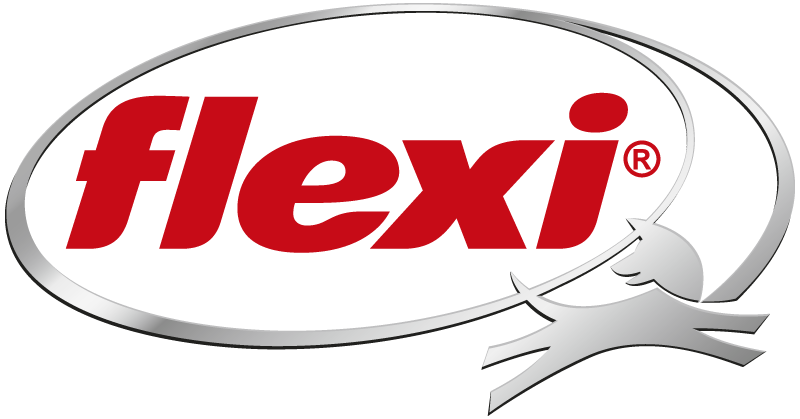
Canine nutrition – keeping your dog healthy
There is a wider range of opinion among dog owners on the topic of a healthy, appropriate diet for dogs than practically any other subject.
What is truly a healthy diet for a dog?
Finding the right answer requires a closer look at canine anatomy and the physiology of a dog’s digestive tract.
What is a dog, in terms of its anatomical and digestive physiology?
The position of its eyes, unlike those of a horse, its teeth, its short intestine and the fact that it digests food mainly through enzymes all point to one conclusion: It’s a predator. Specifically, a fat-loving carnivore. Fats give it important fatty acids, protect the organs, and are the dog’s most important source of energy. A dog also gets energy from carbohydrates, which also provide nutrition for intestinal bacteria and ensure the necessary movement in the gut. Dogs need proteins as raw materials for cell renewal and growth.
That means in turn that fats, proteins, and carbohydrates should all be present in dog food, in a ratio that is beneficial to the dog.
If a dog’s diet contains too much fat or carbs, there can be negative effects on the dog’s weight, intestinal bacteria, or digestion. Too much protein, on the other hand, can affect your furry friend’s behavior or create too much strain on the liver and kidneys in the long run.
A balanced diet and appropriate care are essential to a healthy furry friend.
A balanced serving should have animal and plant-based components.
Possible sources of protein include beef, chicken, lamb, horse or rabbit. Meat is an excellent source of protein because of its high bioavailability. It is also very easy to digest. Fish free of thiaminase are also a good part of a healthy canine diet, as salmon and similar fish are a good source of vitamin D, an important vitamin for the overall organism, and of omega-3 and omega-6 fatty acids.
The plant components can be carbohydrate sources such as potatoes, millet and rice or raw fibers such as zucchini, carrots, dandelion greens, etc. The fresher and less processed the ingredients are, the better they are for your dog. In their fresh, raw condition, antioxidants can provide effective protection against free radicals. And that will keep your dog healthy for a long time!
As a dog owner, it’s tough to choose among all the different products you see advertised as “healthy,” whether in ads, at pet supply stores, in postings by experts on social networks, or at the vet, and pick a type of food that meets your dog’s individual needs. After all, not all dogs are the same!
You should definitively pay attention to your dog’s individual needs. A dog’s age, attitude, pregnancy and lactation, diseases or conditions, and allergy status all have a significant influence on the choice of the right food.
A young dog has different needs than an adult one, and an older dog has different needs than an active sporting or working dog.
If a dog has a wheat allergy, for example, you should choose a diet that does not include cereals. If your dog already suffers from diabetes, which is widespread in our society, now is the time to put him on a low-starch diet if you haven’t already done so. It is always a good idea to study the composition of the dog food, make comparisons, and ask critical questions.
If you aren’t sure which diet is right for your dog, a visit to a veterinary nutritionist specializing in dogs can be a helpful step.


